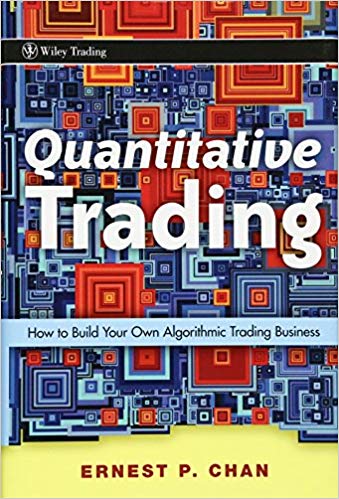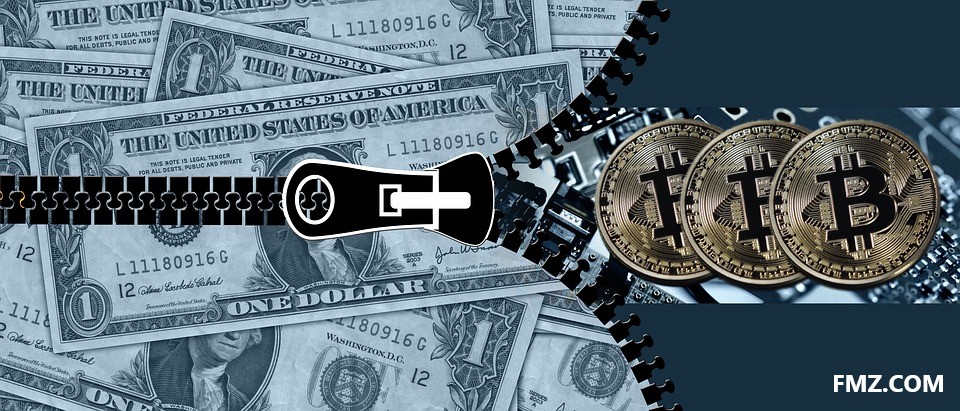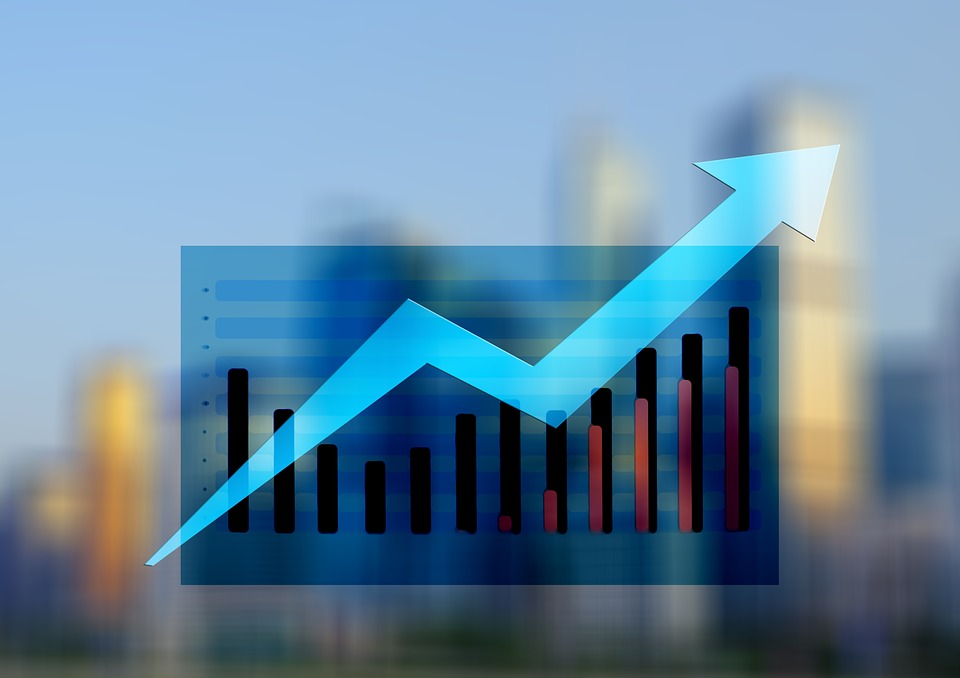Originally From : https://www.quantinsti.com/blog/learn-algorithmic-trading With the boom in technological advancements in trading and financial market applications, algorithmic trading and high-frequ...
I discussed the different types of trading which includes algorithmic, discretionary, and hybrid trading. Let’s say you are intrigued by algorithmic trading. What is it exactly and what are the advant...
Fundamental analysis is a method of evaluating a security in an attempt to assess its intrinsic value, by examining related economic, financial, and other qualitative and quantitative factors. Fundame...
Traders use chart patterns to help determine which direction the price is going, and potentially how far it could go. Chart patterns like head and shoulders, triangles, cup and handles, double/triple ...
A rounded bottom or saucer bottom can be a continuation or a reversal pattern. It is a cup or bowl formation where there is selling at the left of the pattern, but as time progresses the selling taper...
Triple tops and triple bottoms are reversal patterns. A triple top signals the price is no longer rallying, and that lower prices are on the way. A triple bottom indicates the price is no longer falli...
A gap is empty space between one price bar and the next. Gaps occur when the price significantly changes from the close of one price bar to the next, with no trading taking place in the empty space be...
Wedges are a multiple price wave reversal pattern. Wedges form when the waves of an asset move within a narrowing range, angled either up or down. Whereas triangles are formed by the price moving side...
Flags and pennants are continuation patterns. They are traded in the same way, but each has a slightly different shape. The terms flag and pennant are often used interchangeably. A flag or pennant pat...
The triangle can be a continuation or a reversal pattern. Although, more often it is a continuation pattern. There are three types of triangles: symmetric, ascending, and descending. For trading purpo...



